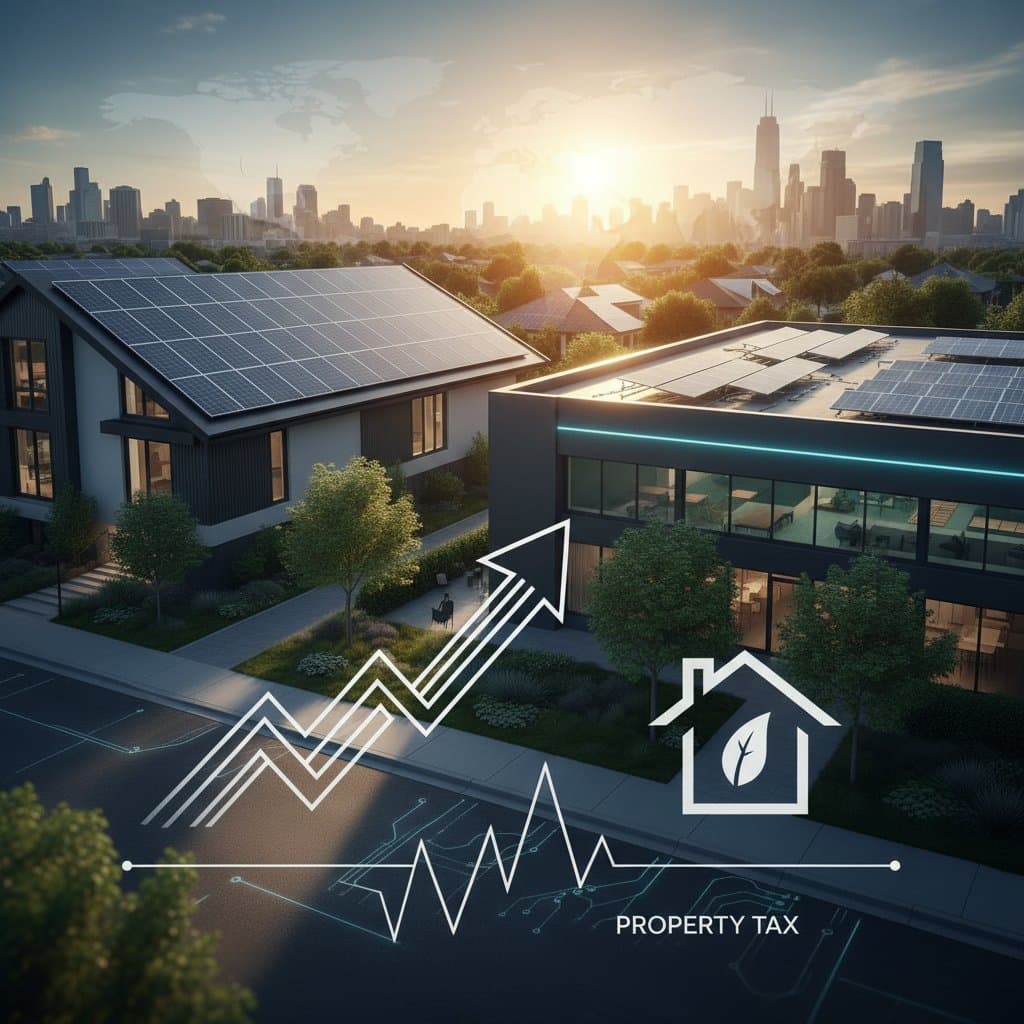PACE Financing Resurges with Robust Consumer Safeguards
Property Assessed Clean Energy (PACE) financing is gaining renewed momentum among solar developers and local governments seeking to accelerate clean energy adoption. This approach enables property owners to fund solar installations and energy efficiency upgrades by adding the costs to their property tax bills, which spreads payments over extended periods. Such a mechanism reduces initial outlays and ties repayment to the property itself, ensuring continuity regardless of ownership changes.
After a hiatus prompted by concerns over consumer protections and oversight, PACE programs have reemerged with refined regulations and greater transparency. These enhancements foster investor trust and encourage wider state-level implementation. For solar installers, developers, and contractors, this revival opens doors to clients favoring extended, accessible financing for sustainable upgrades.
Understanding PACE Mechanics
In a PACE arrangement, property owners commit to repaying project expenses via an assessment on their property taxes. Local authorities or affiliated financial entities supply the initial funding, which owners reimburse over a set duration, often matching the equipment's lifespan.
This property-linked payment persists through sales, alleviating concerns for owners who might relocate. Commercial entities find this setup advantageous for its reliability, aiding cash flow over traditional borrowing options.
Restoring Trust through Enhanced Oversight
Past PACE initiatives encountered criticism regarding disclosure clarity and lien priorities conflicting with mortgages. Homeowners sometimes faced unclear terms, while lenders worried about repayment security.
Modern programs address these by mandating detailed disclosures, uniform paperwork, and rigorous contractor education. Jurisdictions now often require independent audits of energy savings projections and project qualifications, bolstering confidence among banks and owners alike.
Broadening Solar Market Reach
PACE proves essential in regions where standard loans or leases prove restrictive. By embedding repayments in taxes, it accommodates those ineligible for personal loans or wary of added debt.
The fixed assessment appeals to commercial managers overseeing diverse assets. Municipalities gain from PACE as it draws private funds for clean energy without taxpayer burdens, fostering jobs in installation, upkeep, and audits while advancing green objectives.
Tailored Options for Homes and Businesses
Residential PACE covers solar panels, storage batteries, heating systems, and enhancements like better insulation or windows. Terms span 10 to 20 years based on project scope and location, allowing immediate savings without initial expenses.
Commercial PACE (C-PACE) scales up for expansive solar arrays, retrofits, or industrial microgrids. These ventures demand thorough financial and technical evaluations yet yield substantial savings and value boosts. Developers in robust C-PACE states note expanded opportunities for sizable solar endeavors.
Navigating State Policies and Implementation
State laws empower local participation in PACE, with more than half of states enacting enabling statutes, though execution differs. Some centralize via state bodies, others permit local-private collaborations.
Updates now synchronize PACE with policies like net metering and emission targets, enhancing its fit within broader sustainability efforts. States increasingly pair PACE with federal grants for resilience and decarbonization.
Investor Appeal and Financial Framework
PACE relies on tax liens for repayment security, drawing institutions for reliable yields. Bonds secured by PACE pools fund multiple projects, improving liquidity and affordability.
Developers enjoy steady capital access due to this backing. Low default rates stem from the property tie, positioning PACE as a viable channel for solar into conventional finance.
Addressing Ongoing Hurdles
Adoption varies by area, with bureaucracy sometimes impeding progress. Certain lenders resist PACE's lien precedence, complicating refinances or sales for owners.
Education is vital: Owners require straightforward explanations of payments, transfers, and sale impacts. Contractors must verify comprehension to uphold program integrity.
Empowering Installers and Developers
Contractors link owners to PACE by registering with administrators and adhering to sales protocols. Programs offer training on compliance and standards.
Incorporating PACE into pitches expands clientele with tax-integrated options. For commercial deals, developers blend PACE with incentives, credits, and energy contracts for optimized funding.
Spotlight on Market Expansion
States like California and Florida show surging PACE activity post-regulatory pauses. Urban centers with ambitious green targets collaborate with investors to revive initiatives, yielding rising project numbers and solar dominance in financing.
Commercial owners pair solar with efficiency measures under single assessments, streamlining efforts and elevating asset worth.
Shaping the Solar Finance Landscape
PACE enriches solar funding alongside loans and leases, suiting property-tied preferences. As states polish programs, professionals gain uniform support for growth.
Lenders access green investments with assured returns and eco-gains. PACE securitization establishes it as a staple in renewables financing.
Leveraging PACE for Sustainable Gains
Professionals should track state regulations and engage administrators early to master requirements. Developers can layer PACE with other resources for efficient scaling.
Municipalities will use PACE to fulfill energy pledges and boost economies. Owners access barrier-free paths to solar benefits, fueling a flexible model for enduring clean energy progress.
